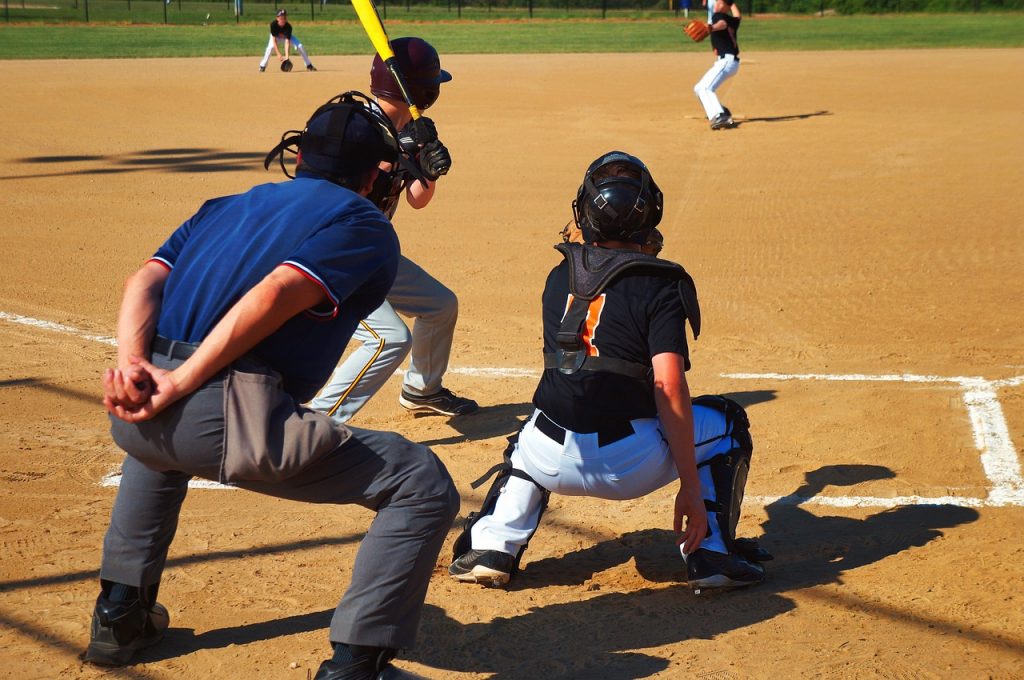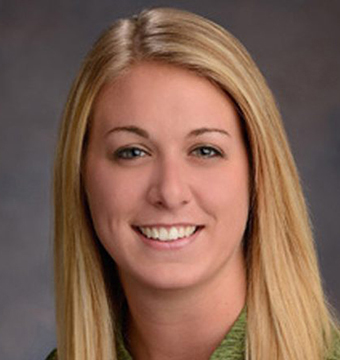
It is June and baseball season is in full swing at this point, especially youth baseball.Many young athletes have ended regular season and are now playing travel ball, and often times league ball at the same time.Young baseball players and their parents are finding more and more leagues for them to play in, often at the same time.Many young baseball players are playing baseball almost daily and occasionally more than one game in more than one league per day.
As baseball season and summer continues to move forward, I am seeing more and more young baseball players, especially pitchers, in the clinic with elbow and shoulder injuries.Often times players and their parents continually question why their young pitcher needs to stop pitching and why he cannot just “finish the summer” with his sore arm and worry about it later.
I have personally watched coaches of eight and nine year-old boys pitch their young athletes 200+ pitches per day in multiple games at youth tournaments.
I have questioned some coaches asking if they were aware of pitch counts and the affect this excessive throwing has on these young athletes. I have had coaches and parents get extremely angry when educated about pitch counts and precautions when it comes to throwing.This is upsetting to me and young kids are getting seriously injured and having surgeries that could be prevented due to lack of knowledge and awareness of the seriousness this excessive throwing is putting on these young bodies.
A survey of youth baseball coaches in 2012 reported that, on average, only 73 percent of the coaches who answered the survey reported that they followed the pitch count and rest recommendations, while only 53 percent of the coaches felt that other coaches in the league abided by the recommendations.1Also, 35 percent of the coaches reported that at least one of their pitchers pitched a game with a sore or fatigued arm during the season.1This survey, along with other studies, indicate a lack of knowledge and understanding of the serious, long-lasting effects of excessive throwing on young athletes.This also comes along with the increased push of young athletes of all sports to play more and more at higher levels and year-round, without needed rest breaks.News flash, you cannot go pro at eight, nine, ten, eleven, or even twelve years old!If growing bodies do not get a rest from repetitive activity, there will most likely be serious, lasting effects.
I obviously do not like to see anyone get injured, let alone a child.However, when injuries are preventable, it drives me insane to see kids that come in with preventable injuries due to serious lack of knowledge and education.I believe ALL coaches, no matter what edge should be REQUIRED to take an education course and pass a test demonstrating good understanding pitch counts, required rest, etc. Pitch counts should be REQUIRED and NOT GUIDELINES in youth baseball, along with rest days.Young baseball players should not be able to play in more than one league at a time.This is a significant problem and becoming an epidemic in our country.Immediate attention needs to be drawn to these young boys who may lose out on a lifetime of baseball due a possibly preventable injury.
Here is a link to the most recent pitch and rest counts from Little League.
The following is a link to a short video by Dr. James Andrews regarding the little league pitchers. I think this is a great, minimal resource for coaches and parents to just watch to gain a little better understanding of the need to compliance with limitations in youth baseball.
References
- Fazarale, J. J., Magnussen, R. A., Pedroza, A. D., & Kaeding, C. C. (2012). Knowledge of the compliance with pitch count recommendations: A survey of youth baseball coaches. Athletic Training, DOI: 10.1177/1941738111435632.

––– Comments
Chris
Commented • June 27, 2020
Such an informative writing. Thanks for sharing!